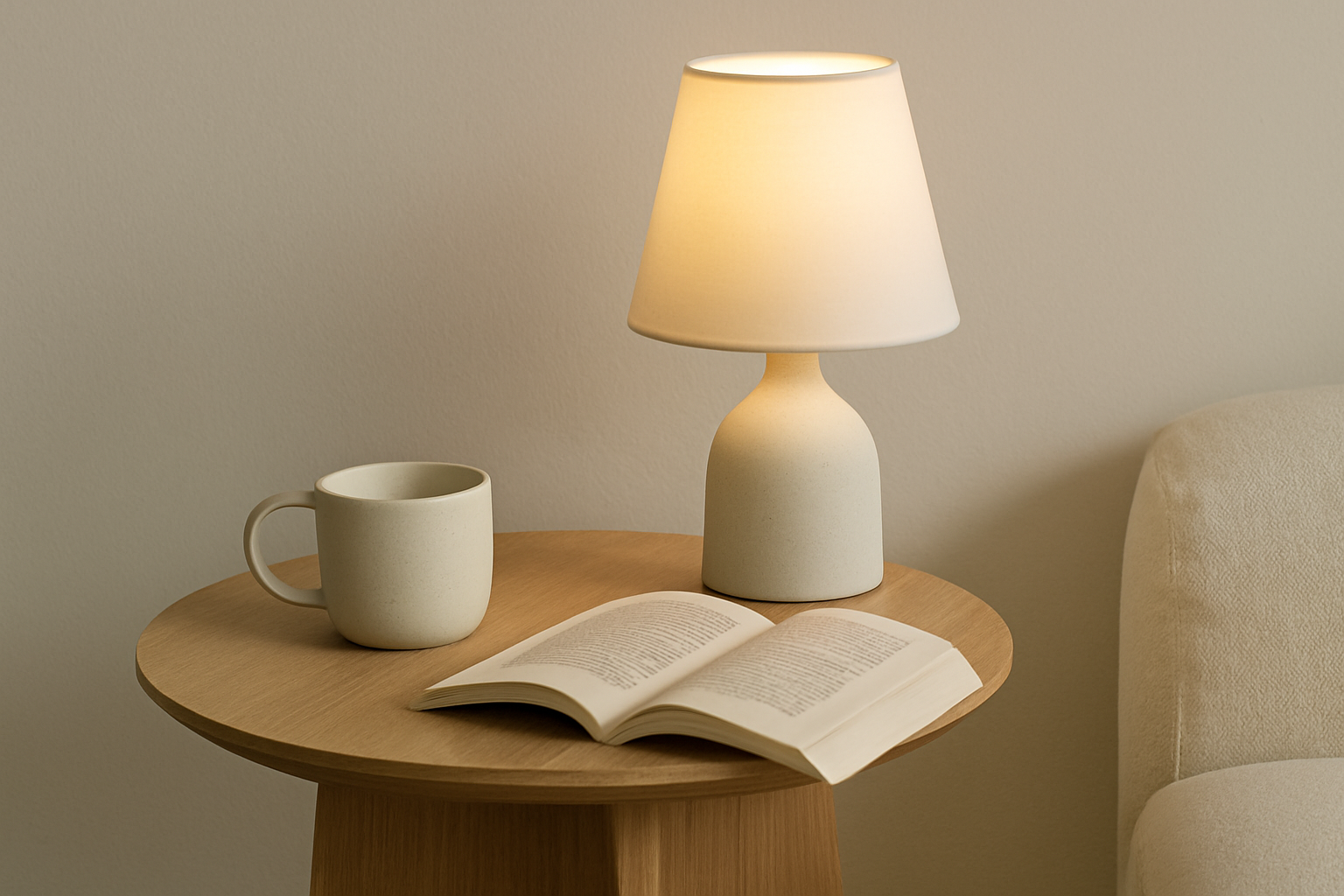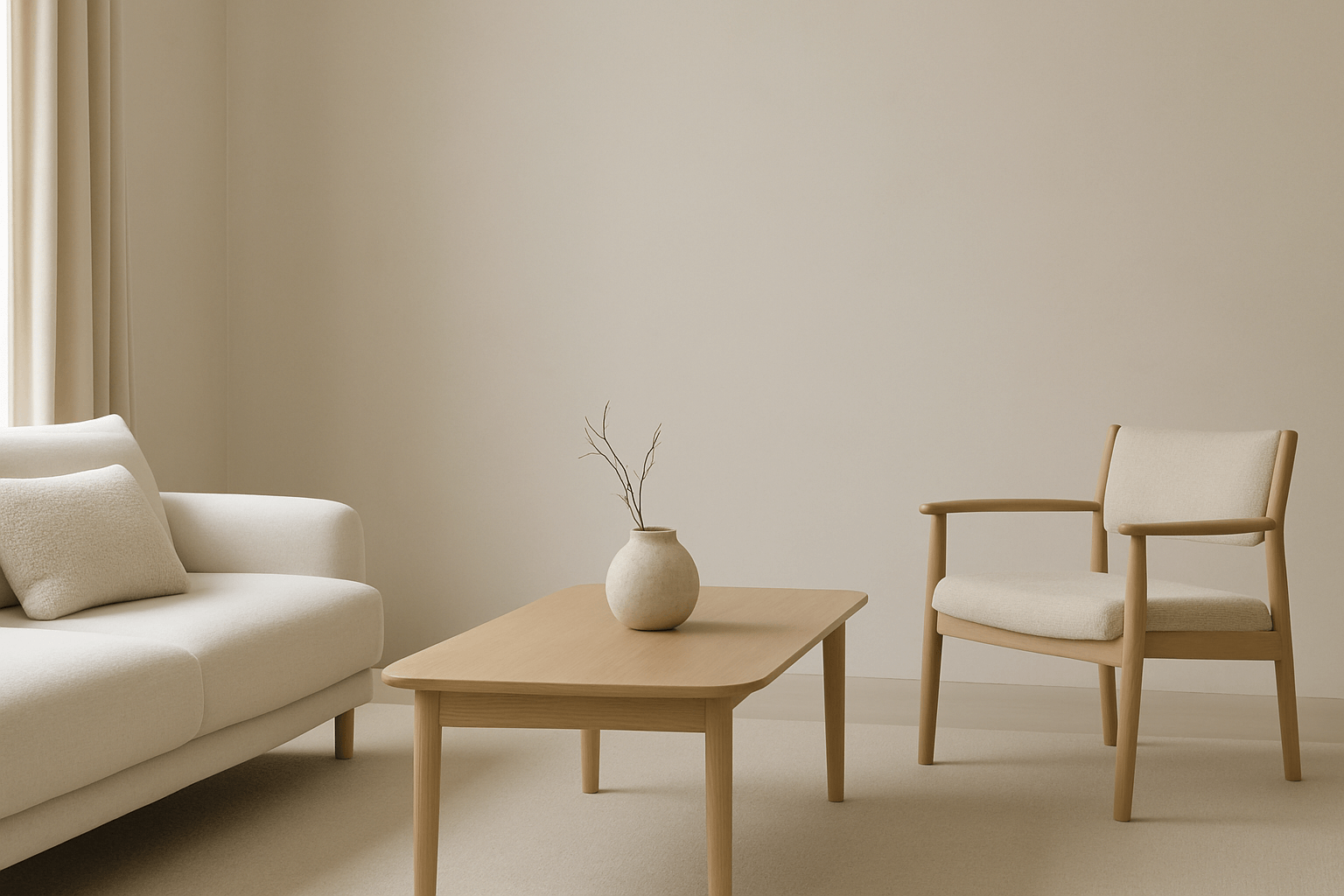Absence as a Design Element
Most design advice focuses on what to add: what color, what texture, what layout. But in minimalist homes, what you don’t add matters just as much.
Absence is not a void—it’s a tool. It invites clarity. It creates contrast. And when used intentionally, it becomes a subtle but powerful presence in the room.
This is the art of designing around absence.
What Does "Designing Around Absence" Mean?
It means recognizing that not placing something is a design choice.
-
Leaving a wall blank
-
Choosing not to fill a corner
-
Letting sunlight hit an untouched floor
-
Displaying one item instead of three
Absence creates space for stillness. It gives meaning to the objects that remain. It defines flow, light, and presence.
Why Absence Works in Minimalist Spaces
-
Enhances contrast
When fewer things are present, each one is more noticeable. -
Supports emotional calm
Empty space lets your eye—and your mind—rest. -
Creates a backdrop for life
Absence allows for movement, change, and breathing room. -
Strengthens intentionality
A space with fewer distractions helps you focus on what truly matters.
How to Use Absence in Your Home
1. Let Surfaces Be Empty
Not every table needs a centerpiece. Not every shelf needs styling. Let simplicity be enough.
2. Leave Corners Undecorated
Corners don’t need tall plants or accent chairs unless they add value. Emptiness can be just as grounding.
3. Embrace White Walls
A blank wall can feel like a canvas. Let it reflect light, anchor the room, or highlight a nearby object by contrast.
4. Use Single Objects as Statements
One lamp. One bowl. One framed piece. The absence around them is what gives them weight.
5. Observe Natural Absence
Notice where light naturally falls. Where sound softens. Let those places stay undisturbed.
Absence Is Not Incompletion
Minimalist design is not about denying yourself comfort or beauty. It’s about learning that beauty doesn’t require volume—and that meaning often lives in restraint.
Absence is not emptiness. It’s intention made visible.
Final Thoughts
Designing around absence is what gives minimalist interiors their emotional weight. It lets your space feel thoughtful, not hollow—quiet, not sterile.
Let go of the pressure to always add. Instead, let your space speak through what it’s not trying to say.
















